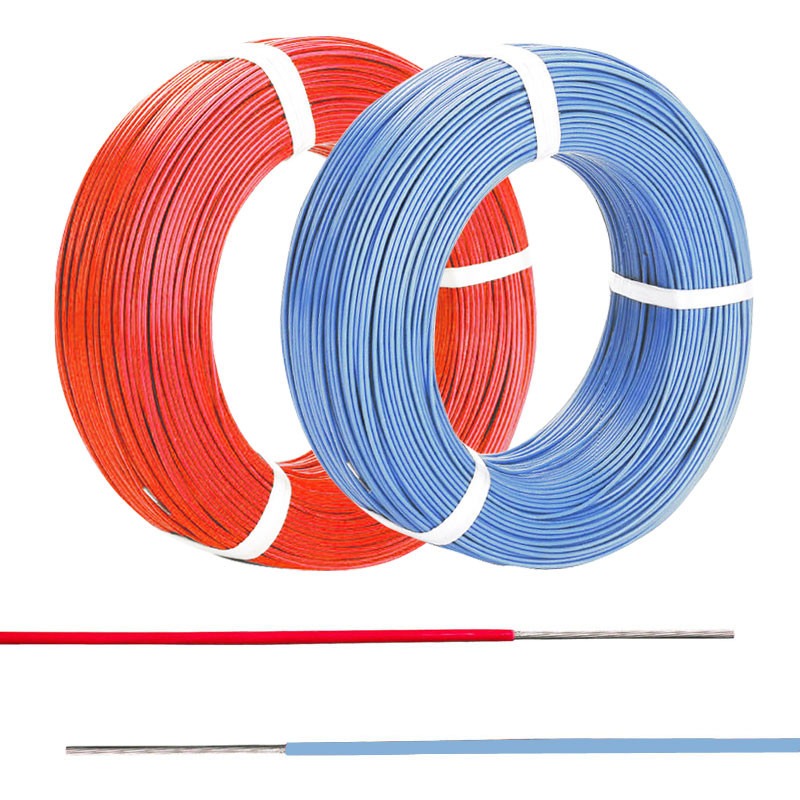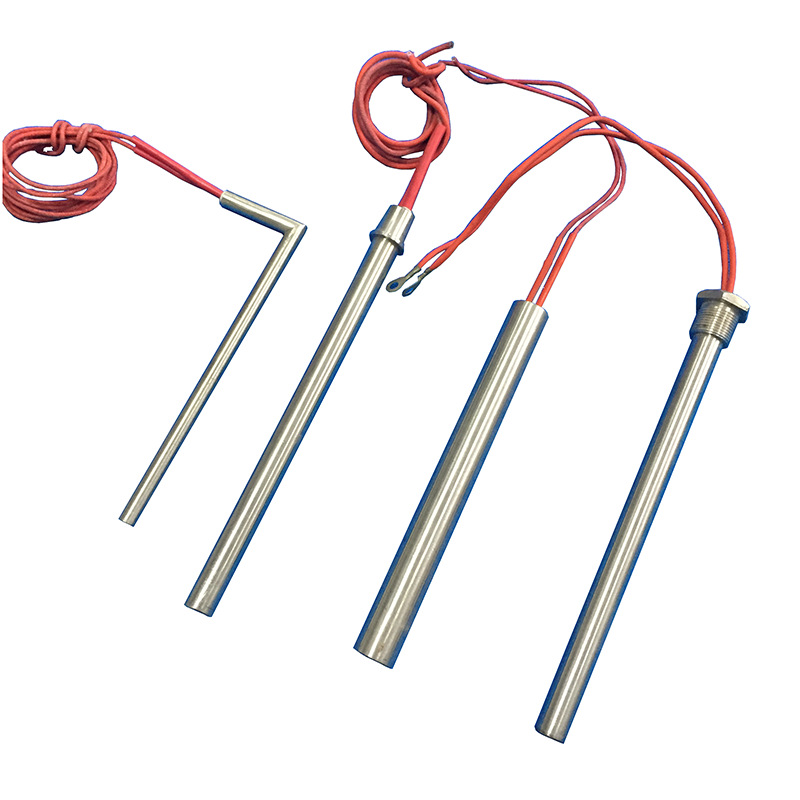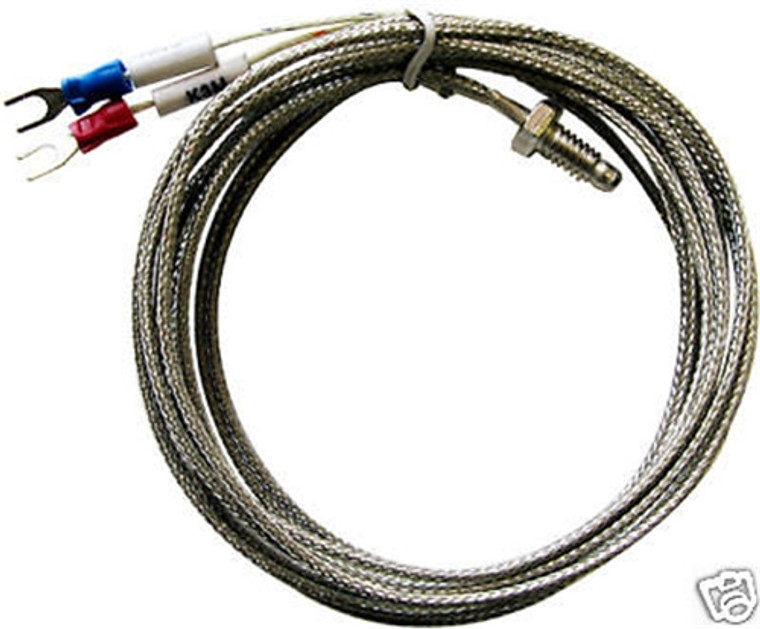Industrial heating systems demand precision, and a cartridge heater with thermocouple is one of the most reliable tools for the job. This combination provides consistent heat delivery and accurate temperature monitoring, essential for various industrial applications.
From manufacturing to food processing, understanding the types of a cartridge heater with thermocouple can help you choose the right solution for your operations.
Why Combine a Cartridge Heater with a Thermocouple?
The integration of a thermocouple in a cartridge heater enhances temperature regulation. This feature is critical in applications requiring precise heat control. It ensures that materials are neither overheated nor under-processed, protecting equipment and ensuring consistent production outcomes.
Key benefits include:
- Real-Time Temperature Monitoring: Thermocouples provide instant feedback on temperature fluctuations.
- Energy Efficiency: By preventing overheating, this system reduces energy waste.
- Process Optimization: Industries like plastic molding and pharmaceutical manufacturing benefit from controlled heating environments.
Let’s examine the different types of cartridge heaters with thermocouples and their applications.
1. Standard Cartridge Heater With Thermocouple
This is the most common type used across industries. It features an integrated thermocouple, often placed internally or externally, depending on the application.
- Internal Thermocouple: Placed inside the heater for direct measurement of core temperature. This is ideal for high-precision tasks like scientific instrument heating.
- External Thermocouple: Positioned outside the heater for surface temperature monitoring. Commonly used in metalworking and packaging machinery.
The versatility of these heaters makes them suitable for both low-watt density and high-watt density applications.
2. Swaged Cartridge Heater With Thermocouple
Swaged heaters are designed for high-performance applications. These heaters are built with compacted insulation, which enhances heat transfer and durability.
Advantages:
- High Watt Density: Can deliver significant heat within small spaces.
- Durability: Resistant to vibration and thermal cycling, making it perfect for automotive manufacturing.
The thermocouple in these heaters ensures tight temperature control, critical for minimizing material waste.
3. Split Cartridge Heater With Thermocouple
Split cartridge heaters offer flexibility and easy installation. Their design allows them to expand or contract, ensuring a secure fit in varying diameters.
Key Applications:
- Injection Molding: Perfect for maintaining consistent temperatures in molds.
- Food Processing: Ensures uniform heat for tasks like sealing and cooking.
The embedded thermocouple provides accurate temperature readings, helping maintain product quality.
4. Miniature Cartridge Heater With Thermocouple
Compact but powerful, miniature cartridge heaters are ideal for applications with limited space. Despite their small size, they deliver precise heating and temperature control.
Best For:
- Medical Equipment: Used in devices requiring delicate heat control.
- 3D Printing: Ensures stable heating in intricate printing components.
Thermocouples integrated into these heaters ensure the accuracy needed for sensitive tasks.
Choosing the Right Cartridge Heater With Thermocouple
When selecting a heater, consider the following:
- Application Requirements: High-precision industries like aerospace demand swaged heaters, while food processing may need split designs.
- Temperature Range: Evaluate the maximum and minimum temperatures needed for your processes.
- Installation Space: Miniature heaters are ideal for tight spaces, while standard options fit broader applications.
Final Words
A cartridge heater with thermocouple offers unmatched precision, durability, and versatility. Whether it’s for manufacturing, medical, or food processing, understanding the various types can optimize your processes and improve operational efficiency.














